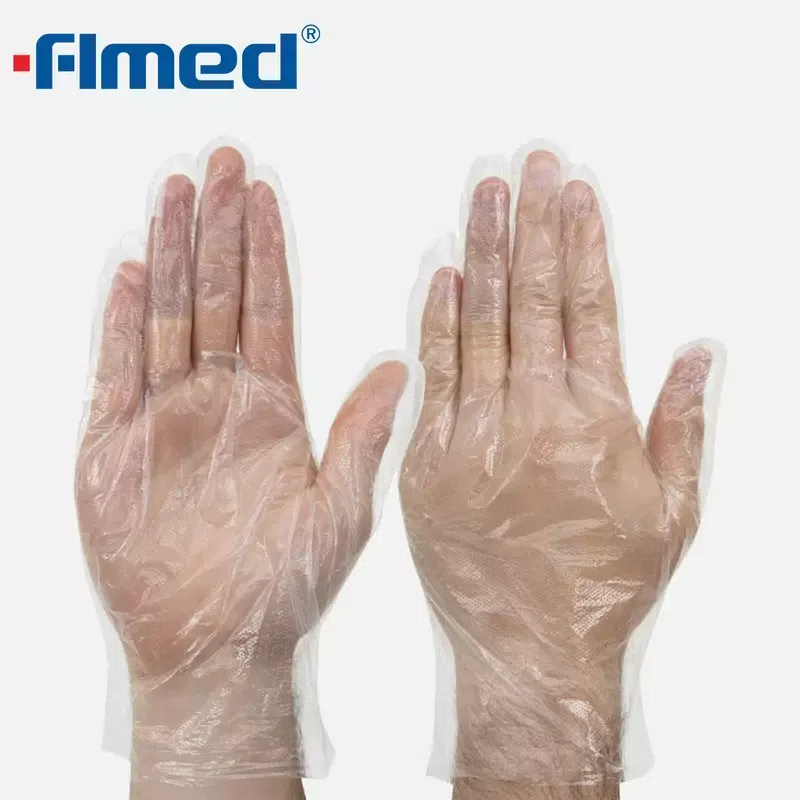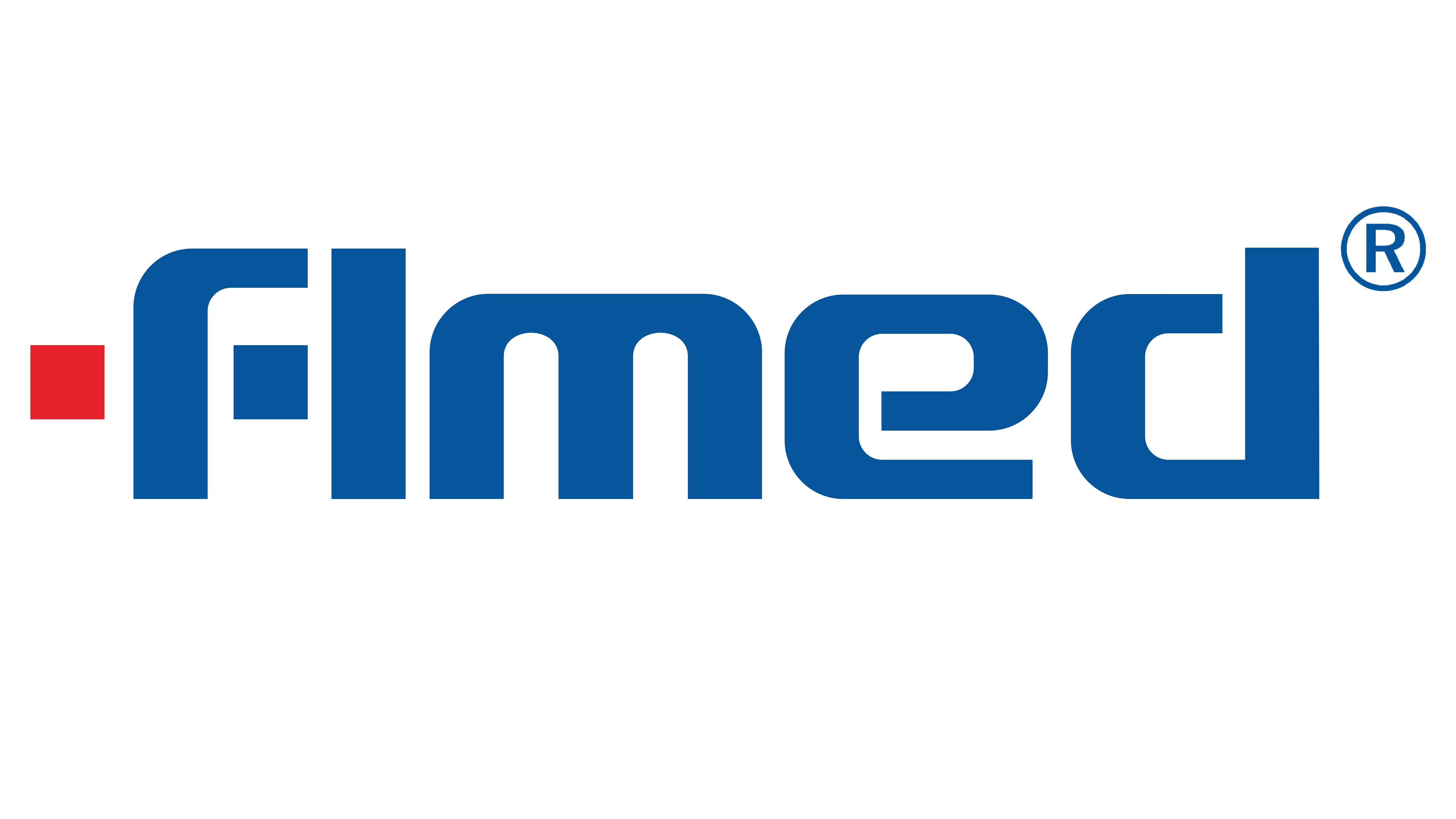
Medical Gloves are among the most essential disposable products in healthcare, protecting both patients and professionals from contamination risks. Yet, when it comes to choosing between Nitrile Exam Gloves and Latex Exam Gloves, hospital buyers, clinicians, and procurement managers often face a difficult balance: should they prioritize safety or sensitivity? Forlong Medical, as a trusted supplier of high-quality exam gloves, helps facilities make informed choices by offering both nitrile and latex options designed for different clinical needs.
Nitrile vs Latex: A Technical Comparison
Material chemistry and protection levels
Latex Exam Gloves are made from natural rubber latex, a material known for its flexibility, elasticity, and snug fit. This structure allows latex to stretch significantly without tearing, making it ideal for situations where precision and tactile control are required. However, natural latex is not resistant to many common chemicals used in laboratories or cleaning procedures. Exposure to alcohols, disinfectants, or solvents can weaken latex, leading to micro-tears that compromise safety.
Nitrile Exam Gloves, by contrast, are manufactured from synthetic nitrile butadiene rubber. This formulation is inherently resistant to punctures and many types of chemicals. Nitrile’s dense molecular structure provides excellent barrier protection against solvents, oils, and bloodborne pathogens, making it a preferred option in high-risk settings such as pathology labs, surgical units, and emergency rooms. In practice, this means a nitrile glove will often withstand longer exposure to harsh agents without losing integrity.
Thickness and mil recommendations
Glove thickness plays a direct role in performance. Latex Exam Gloves are typically available in thinner options, often between 4–6 mil, which enhances tactile feel. They remain a strong choice for delicate clinical procedures such as suturing or dental examinations. Their thinner walls allow clinicians to feel texture and tissue density with precision, which can be critical during fine interventions.
Nitrile Exam Gloves are offered in a wider range of thicknesses, from lightweight 3–4 mil models for exams to heavy-duty 6–8 mil gloves suitable for trauma, autopsy, and laboratory work. Thicker nitrile gloves resist punctures from needles or glass shards more effectively. For procurement teams, understanding thickness ratings is crucial: a glove too thin may compromise protection, while a glove too thick may reduce dexterity. Forlong Medical offers a balanced portfolio so facilities can match glove type to procedure without compromise.
Allergy and Safety Considerations
One of the most significant safety concerns with Latex Exam Gloves is the risk of latex allergy. Some healthcare professionals and patients experience mild to severe reactions to latex proteins, ranging from skin irritation to respiratory distress. In clinical practice, this has resulted in increasing restrictions on latex use in many hospitals and public health systems. Facilities serving high volumes of patients, or those operating in diverse environments, must carefully manage this risk.
Nitrile Exam Gloves are completely latex-free, making them safe for use in any setting where allergies are a concern. For this reason, many hospitals have switched to nitrile for general use, ensuring that every patient and staff member is protected without compromise. In addition, nitrile reduces the risk of cross-contamination from glove powder residues, which were once common in powdered latex gloves. Powder-free nitrile gloves have become a global standard for safe, universal use.
Importantly, even in facilities that still stock Latex Exam Gloves for specific applications, procurement managers are increasingly required to ensure that nitrile options are always available. This dual-approach strategy allows clinicians to choose gloves based on procedure needs while minimizing risks for allergy-sensitive staff and patients.
![Medical Gloves Medical Gloves]()
Tactile Sensitivity and Clinical Performance
Latex still maintains its reputation as the most comfortable and form-fitting glove. Its natural elasticity allows clinicians to perform tasks that require fine dexterity, such as suturing, endoscopic procedures, or dental work, with confidence. For surgeons and dental specialists who rely heavily on touch precision, latex remains difficult to replace entirely. The natural stretch of latex also reduces hand fatigue during long procedures.
However, advances in Nitrile Exam Gloves have significantly narrowed this gap. Modern nitrile formulations now offer improved elasticity and comfort, closely mimicking the fit of latex while eliminating the allergy risk. Nitrile gloves also hold their shape better under stress; they are less likely to snap when stretched, and they resist puncture when subjected to sudden force. For long shifts, nitrile can offer consistent protection without the risk of hand irritation.
Clinicians often find that the differences between nitrile and latex are less significant than in the past. With ongoing improvements in glove technology, nitrile now provides adequate tactile sensitivity for nearly all examination and treatment needs, while delivering added peace of mind in terms of safety.
Cost, Supply Stability, and Lifecycle
When evaluating gloves for procurement, cost must be viewed beyond simple unit price. Latex Exam Gloves often cost less per box, but their shorter shelf life and allergy risks can raise long-term costs in high-volume facilities. Latex also tends to degrade faster when exposed to heat, humidity, or direct sunlight, which can shorten storage stability. A stockpile of latex gloves may become unusable if not rotated frequently.
Nitrile Exam Gloves, while sometimes priced higher initially, generally offer greater durability and longer shelf life. Their chemical resistance can extend the number of procedures safely performed before glove failure. They also provide more consistent barrier protection across batches, as they are not dependent on natural rubber harvest cycles. This consistency improves reliability for procurement departments that must guarantee uninterrupted supply to multiple departments.
Supply stability is another important factor. Fluctuations in global natural rubber markets can affect latex pricing, while nitrile production is less vulnerable to agricultural supply shocks. In recent years, disruptions in natural rubber supply have caused sudden cost spikes, whereas nitrile supply chains, though not immune to shortages, have proven more resilient.
A practical tip for procurement teams is to calculate cost per procedure rather than unit cost. For example, if nitrile gloves last longer during certain tasks or reduce the risk of mid-procedure glove changes, the total cost of usage may be equal to or lower than latex, even if the purchase price is slightly higher. By framing procurement analysis around performance in practice, facilities can make more financially sound choices.
Real-World Decision Matrix
Dental and exam rooms
Dental professionals often value the elasticity and comfort of Latex Exam Gloves, especially during delicate procedures where tactile sensitivity is key. However, because patient allergies are unpredictable, many dental clinics are moving toward nitrile as a standard. Some facilities choose to stock both: nitrile as the default, latex for practitioners who prefer maximum dexterity and can safely use it. This hybrid stocking strategy balances clinician preference with patient safety.
Laboratories and pathology departments
In environments where chemical handling is routine, nitrile is the clear winner. Its resistance to solvents, alcohols, oils, and other agents provides superior protection. Latex simply cannot offer the same durability against chemical degradation. Lab managers often adopt heavy-duty nitrile gloves, with higher mil thickness, to minimize accidental exposure during complex experiments. Forlong Medical provides nitrile options tailored for laboratory and pathology environments, ensuring both flexibility and safety.
Emergency and trauma triage
During emergency procedures, clinicians require both strong barrier protection and rapid response flexibility. Nitrile Exam Gloves, with their puncture resistance and broad chemical protection, are the recommended choice. Their reliability under stress ensures both clinician and patient safety in unpredictable environments. Paramedics and trauma surgeons especially rely on nitrile for its resilience in the field, where contact with sharp instruments and biohazards is unavoidable.
By segmenting glove use across departments, facilities can maximize safety and efficiency while managing costs. Procurement teams benefit from a clear decision matrix that matches glove type to clinical scenario, reducing waste and improving clinician satisfaction.
Conclusion
The choice between Nitrile Exam Gloves and Latex Exam Gloves ultimately comes down to the balance between safety and sensitivity. A practical rule of thumb is simple: select nitrile when allergy concerns or chemical resistance are priorities; choose latex when maximum tactile sensitivity is essential and allergy risks are controlled. Forlong Medical provides a complete range of Medical Gloves, giving healthcare facilities the ability to select the right glove for every task. To explore side-by-side comparisons and request product samples, please contact us today.

 English
English










